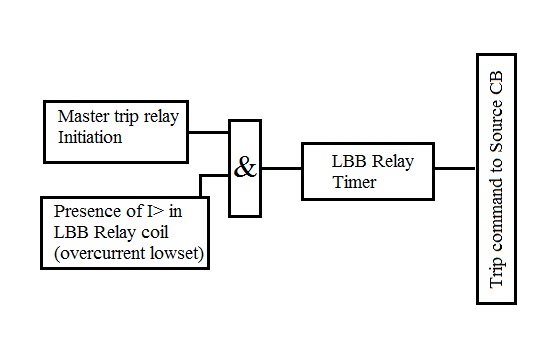RELAY SETTINGS
We chose realys to watch over us, and they does it by any invincible power ? Not at all
they are specifically programmed by us for the specific protection application
then how do we do it ? Thats worth something more and we will look into this now .
Lets start with the over current protection setting related thoughts.
Basically the Relays doesn't prevent the appearance of faults.It can take action only after the fault has been occurred and initiate the opening of switchgear in order to isolate the fault part from the system, so we must approach into the setting calculation by considering the fault conditions.As the fault discrimination shall have to pick only the faulty part and leave all other part in normal condition, we chose three typical techniques by current, by time and by a combination of current and time.
Discrimination by
1.Current
It is based on the current at the time of fault and varies according to impedance of the power system elements.But this fails the the system is provided with almost constant fault level as relay cant differentiate between fault and load condition
2.Time
Here in each overcurrent relay we give a fixed time delay with the relay farthest from the source will have shortest time delay.But this results in the time which is independent of fault level and also the point nearer to the source (where the maximum fault level would be present) high time delay.
3.Combination of Current and Time
Unreliability of both current and time discrimination the time current characteristics become a necessity and it follows a negative relationship between both and that is what we want.The different characteristics are
3.a. Standard Inverse Time
It is commonly referred by its slope, which is 3 seconds for 10 times the plug setting current and TMS of 1 second
taking Ir=I/Is where Is is the relay setting current
t=TMS x 0.14/(Ir0.02-1)
These typical characteristic is used where there is a substantial reduction of fault current as the distance from the power source increases ie, where there is increase in fault impedance.
Also the VI curve is much steeper and the it result in the fast operation for same current setting
t=TMS x 13.5/(Ir-1)
c. Extremely Inverse
Here the time of operation is nearly inversely proportional to the square of applied current.So it could be utilised where the feeder current is near to the peak like in heating applications.The long operating time of relay make it suitable for grading with fuses.
Also this chara is widely used for protecting plant against overheating since overheating is usually an
I2t function.
t=TMS x 80/(Ir2-1)
IDMT relay characteristics
Once we chose the characteristic curve, there are only two settings to bother , to set o the relay Lets which are Plug setting multiplier(PSM) and Time multiplier setting(TMS).
Plug setting multiplier is the ratio of fault current in relay coil to the pick up current
ie PSM=fault current in relay coil/Pick up current
=fault current in relay coil/(Rated secondary current of CTxCurrent setting)
The TMS could be defined as the adjustment for time of operation of relay.These TMS are significant to convert the time derived from time/PSM curve into the actual operating time.It is scaled from 0.1 to 1 generally.
For example,a setting calculated in normal inverse characteristics for a PSM of 10 ,the curve time would be 3s. with the time multiplier setting of 0.2 the relay will operate in 3x0.2=0.6s.
For example,a setting calculated in normal inverse characteristics for a PSM of 10 ,the curve time would be 3s. with the time multiplier setting of 0.2 the relay will operate in 3x0.2=0.6s.
A typical example of relay settings frame
Well, we will the remaining part in the next post,stay connected !
Well, we will the remaining part in the next post,stay connected !






Expecting the next part very soon
ReplyDelete